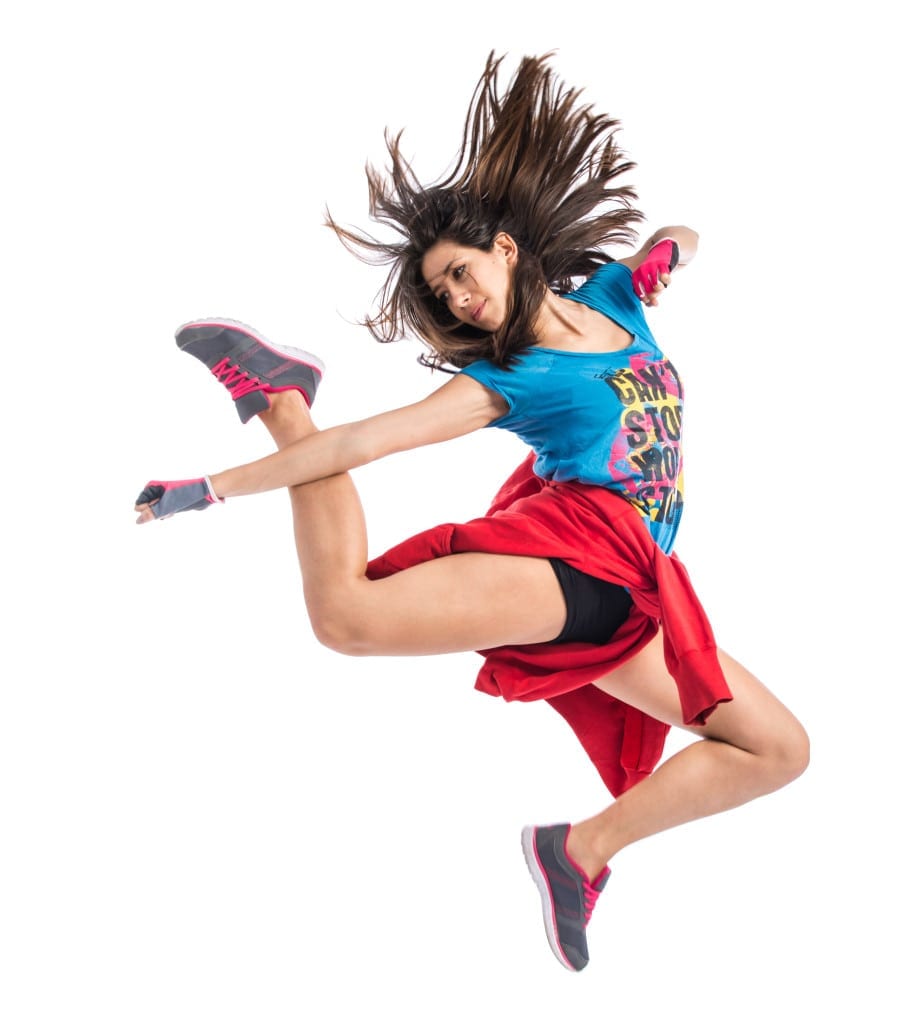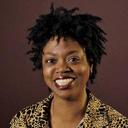Your cart is currently empty!
ADHD folks: Looking for flexibility? Try Universal Design for Learning.

UDL isn’t the same ol’ thing. Flexible environments accommodate individual learning differences. This scientifically valid framework is especially beneficial to students with ADHD.
Universal design is an educational process based on cognitive neuroscience research. It is a blueprint for creating instructional goals, methods, materials, and assessments. Especially important for students with ADHD, UDL is designed for every learner, not a one-size-fits-all solution.
Principles for curriculum development give all individuals equal opportunities to learn. It incorporates flexible approaches that can be customized and adjusted for specific needs. This benefits a wide variety of learners, not just those with disabilities.

UDL is flexible in the way that students are engaged. The components are structured to reduce cognitive and intellectual barriers. This is achieved by customizing instructional methods and materials while maintaining learning goals.
Neuroscience reveals that learning differences are as unique as DNA. As a result, Universal Design for Learning addresses three different networks. Recognition is the “what” of learning. “How” is the strategic component. Affective is the “why.” Together they integrate to allow strategic, skillful, and directed learning.
- Addresses and redresses the primary barriers to learning.
- Empowers educators to meet students’ diverse needs.
- Stimulates learners’ interests, motivating them to challenge themselves.
- Accommodates individual learning differences.
- Provides multiple ways to express what they know.
UDL is a guiding educational practice that provides flexible learning environments that incorporate multiple learning styles and abilities. It is an effective technique for students with ADHD as content and information is demonstrated in an individualized manner. The process teaches them how to master learning itself as well.
“Our kids” have been singled out through most of their education. Combine these differences with science, then apply to these educational techniques.
What are your favorite tool that you use to learn new things?
One response
Thanks for collectively sharing such complete information on managing blog comments! It’s particularly beneficial for bloggers like me to navigate the complex waters of online interaction. Your suggestions and insights are sensible and convenient to implement, making it less difficult to foster an effective and enticing neighborhood on our websites. Keep up the extraordinary work.

EdieLovesMath empowers individuals with ADHD and Autism, their families, and professionals through a 4-step plan that builds confidence and success in reading, math, writing, and organization. As someone with a neurodiverse brain herself, Edie understands the challenges and triumphs of navigating learning differences firsthand. Join us. We’re here to guide your journey.
About Me ›
- Getting Disability Accommodations in College: What Students and Parents Need to Know
- Neurodivergent Burnout: How to Recognize It and Tips to Recover
- ADHD and Math Anxiety: How to Help Kids (and Adults!) Feel Confident with Numbers
- 5 Tips to Organize Your Workday If You Have Executive Functioning Disorder
- The 2025 Attack on Disability Rights: Why Section 504 Matters More Than Ever
Leave a Reply